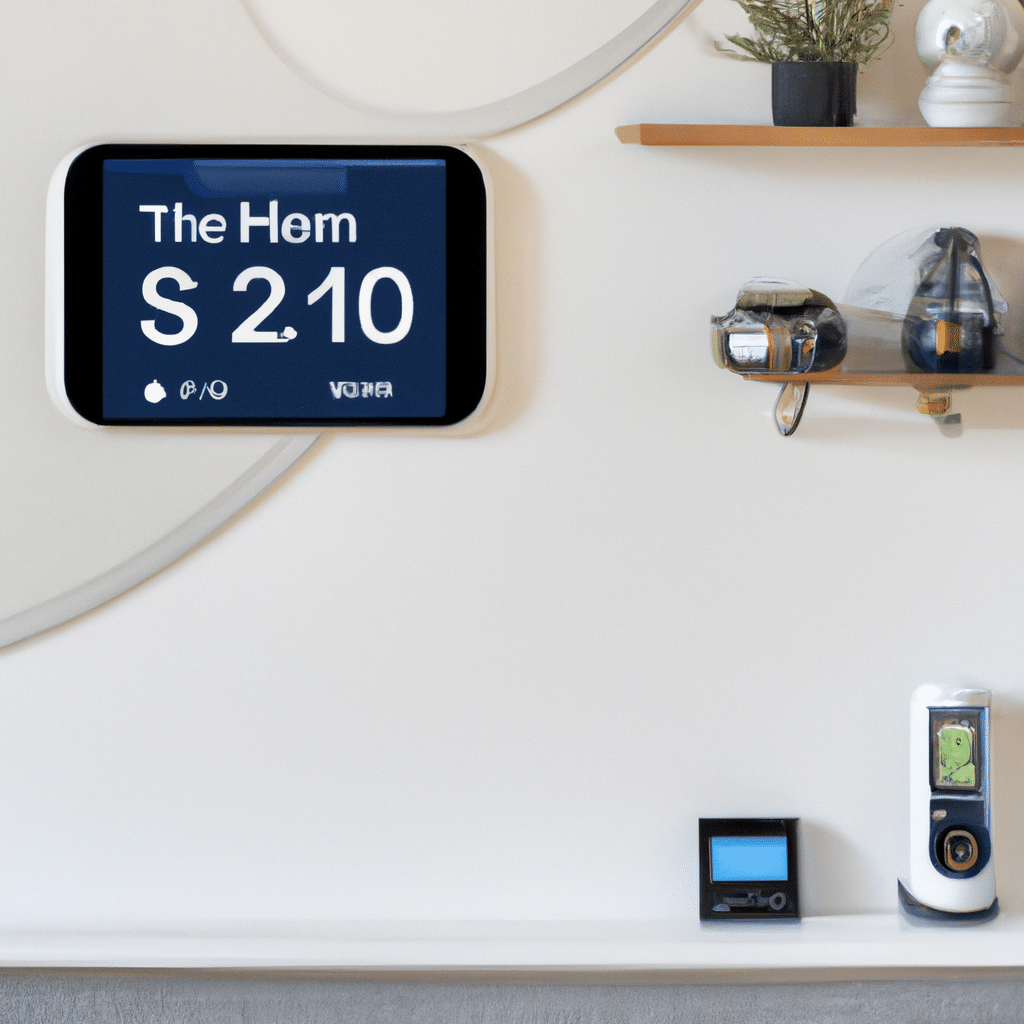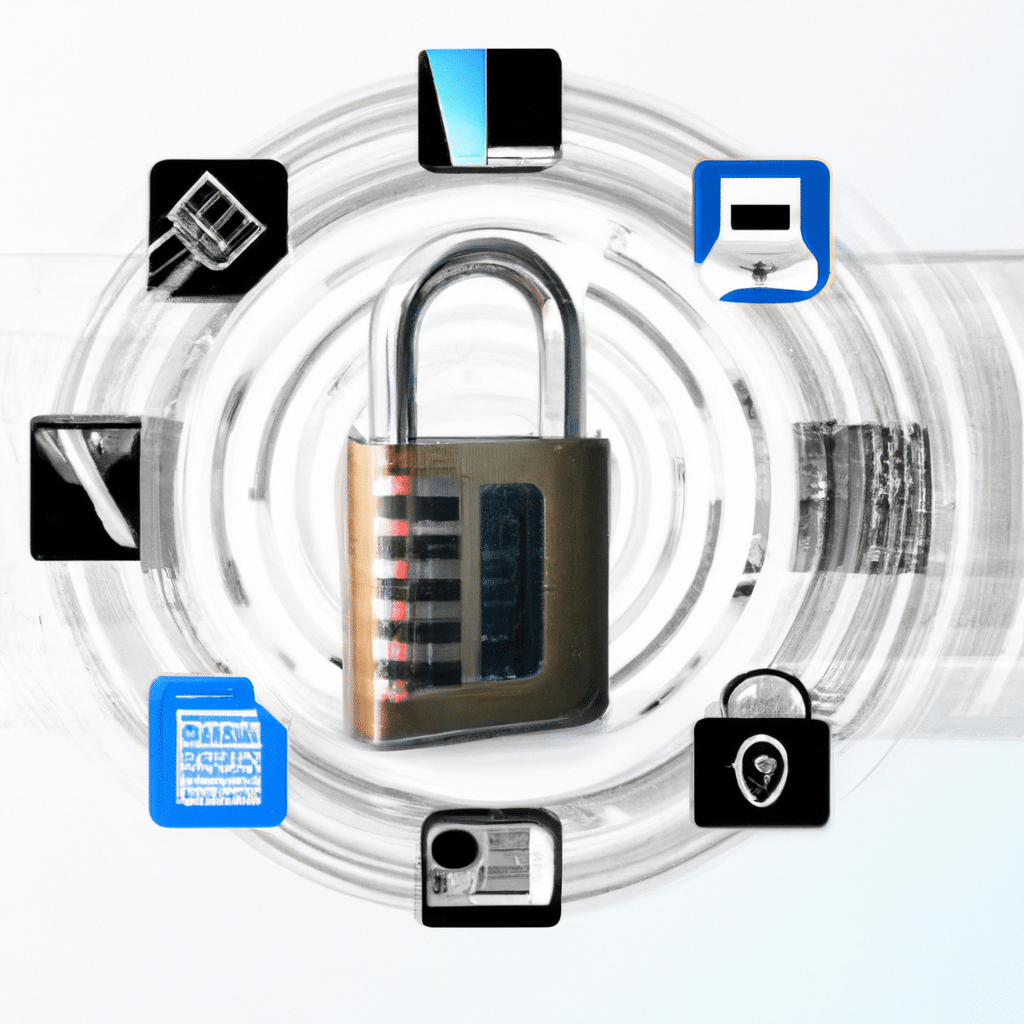
In today’s digital age, wireless alarm systems have become an integral part of our lives, providing convenience and peace of mind. However, with the rise of smart devices and interconnected networks, these systems are not without vulnerabilities. Cybercriminals have found ways to exploit weaknesses in wireless alarm systems, jeopardizing the security of homes and businesses alike. In this article, we delve into the intricacies of wireless alarm systems and explore the vulnerabilities that can be exploited. By understanding these vulnerabilities, we can take proactive measures to enhance the security of our wireless alarm systems and safeguard our properties.
Understanding Wireless Alarm Systems
Wireless alarm systems are designed to detect and alert users to potential security breaches. Unlike traditional wired systems, they rely on wireless communication protocols to transmit signals between sensors, control panels, and monitoring stations. This wireless functionality offers flexibility and ease of installation, allowing users to monitor their properties remotely. However, it also introduces potential vulnerabilities that can be exploited by malicious actors.
The Evolution of Wireless Alarm Systems
Over the years, wireless alarm systems have evolved and embraced new technologies. Initially, these systems relied on basic radio frequency (RF) communication, which involved transmitting signals through the airwaves. However, as technology advanced, newer systems adopted more sophisticated protocols, such as Wi-Fi, Zigbee, or Z-Wave, to enable seamless communication between devices.
Benefits of Wireless Alarm Systems
Wireless alarm systems offer several advantages over their wired counterparts. Firstly, installation is hassle-free, as there is no need for extensive wiring throughout the property. This makes wireless systems ideal for both new constructions and retrofitting existing buildings. Additionally, wireless systems can be easily expanded or modified, allowing users to customize their security setup according to their changing needs. Lastly, wireless systems provide remote access and control, enabling users to monitor and manage their alarms through mobile apps or web interfaces.
Vulnerabilities in Wireless Alarm Systems
While wireless alarm systems offer convenience and flexibility, they are not immune to vulnerabilities. Cybercriminals have identified potential weaknesses that can be exploited to compromise the security of these systems. By understanding these vulnerabilities, we can take proactive measures to protect our wireless alarm systems from unauthorized access.
Weak Authentication and Encryption
One of the primary vulnerabilities in wireless alarm systems lies in weak authentication and encryption methods. If the system relies on default or easily guessable usernames and passwords, it becomes susceptible to brute force attacks. Additionally, inadequate encryption protocols can be exploited by hackers, allowing them to intercept and manipulate the communication between the system components.
Lack of Firmware Updates and Patching
Manufacturers of wireless alarm systems regularly release firmware updates and patches to address security vulnerabilities and improve system performance. However, users often overlook these updates, leaving their systems exposed to known vulnerabilities. Cybercriminals actively search for outdated systems that can be easily compromised, making it crucial to stay vigilant and keep the system up to date.
Radio Jamming and Interference
Wireless alarm systems rely on radio frequency signals to transmit data between devices. This reliance makes them susceptible to radio jamming and interference attacks. Malicious actors can use jamming devices to flood the airwaves with disruptive signals, rendering the alarm system ineffective. Similarly, interference from other wireless devices operating on the same frequency can cause false alarms or prevent legitimate signals from reaching the intended recipients.
Inadequate Physical Security
While the focus of wireless alarm systems is on digital security, physical security measures should not be overlooked. An intruder with physical access to the system can tamper with sensors, control panels, or even the communication infrastructure, compromising the entire system’s integrity. It is crucial to secure the physical components of the wireless alarm system and restrict unauthorized access.
Lack of Intrusion Detection and Prevention
Intrusion detection and prevention systems (IDPS) play a vital role in identifying and mitigating potential security breaches. However, many wireless alarm systems lack robust IDPS capabilities, leaving them vulnerable to attacks. Without effective intrusion detection and prevention measures in place, it becomes challenging to identify unauthorized access attempts or anomalous behavior.
Strengthening the Security of Wireless Alarm Systems
Now that we have explored the vulnerabilities of wireless alarm systems, it is essential to take proactive steps to enhance their security. By implementing the following measures, we can significantly reduce the risk of unauthorized access and protect our properties effectively.
1. Strong Authentication and Encryption
Ensure that your wireless alarm system uses strong authentication methods, such as unique usernames and complex passwords. Additionally, employ robust encryption protocols, such as WPA2 or AES, to secure the communication between system components.
2. Regular Firmware Updates and Patching
Stay up to date with the latest firmware updates and patches provided by the manufacturer. Regularly check for updates and apply them promptly to address any known vulnerabilities and improve system security.
3. Physical Security Measures
Secure the physical components of your wireless alarm system by placing them in locked cabinets or rooms. Restrict access to authorized personnel only and consider installing surveillance cameras to monitor any unauthorized physical access attempts.
4. Intrusion Detection and Prevention Systems
Invest in a wireless alarm system that incorporates robust intrusion detection and prevention capabilities. This will enable the system to identify and respond to potential security breaches promptly.
5. Regular Testing and Auditing
Conduct regular security testing and audits to identify any potential weaknesses in your wireless alarm system. This can involve penetration testing, vulnerability scanning, and reviewing system logs to detect any suspicious activities.
6. Network Segmentation
Consider segmenting your wireless alarm system from other devices on your network. This way, even if a breach occurs on another device, the alarm system remains isolated and protected.
7. User Awareness and Training
Educate all users of the wireless alarm system about best practices for security. Train them on how to create strong passwords, recognize phishing attempts, and respond to potential security incidents.
In conclusion, wireless alarm systems provide us with convenience and peace of mind, but they are not without vulnerabilities. By understanding the potential weaknesses in these systems, we can take proactive measures to enhance their security. Implementing strong authentication, regular firmware updates, physical security measures, robust intrusion detection and prevention systems, regular testing and auditing, network segmentation, and user awareness and training can significantly reduce the risk of unauthorized access. By prioritizing the security of our wireless alarm systems, we can ensure the protection of our homes and businesses in this increasingly interconnected world.






